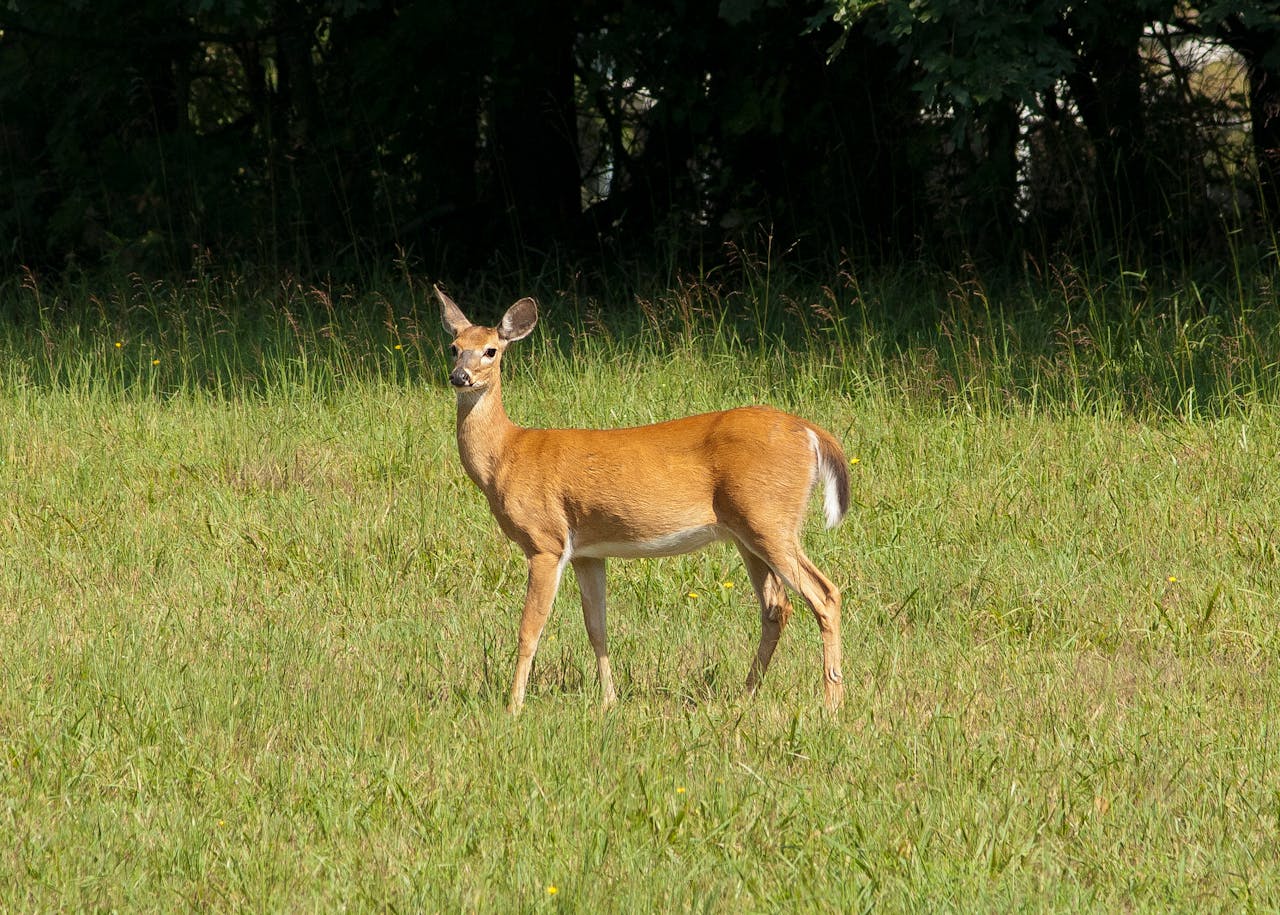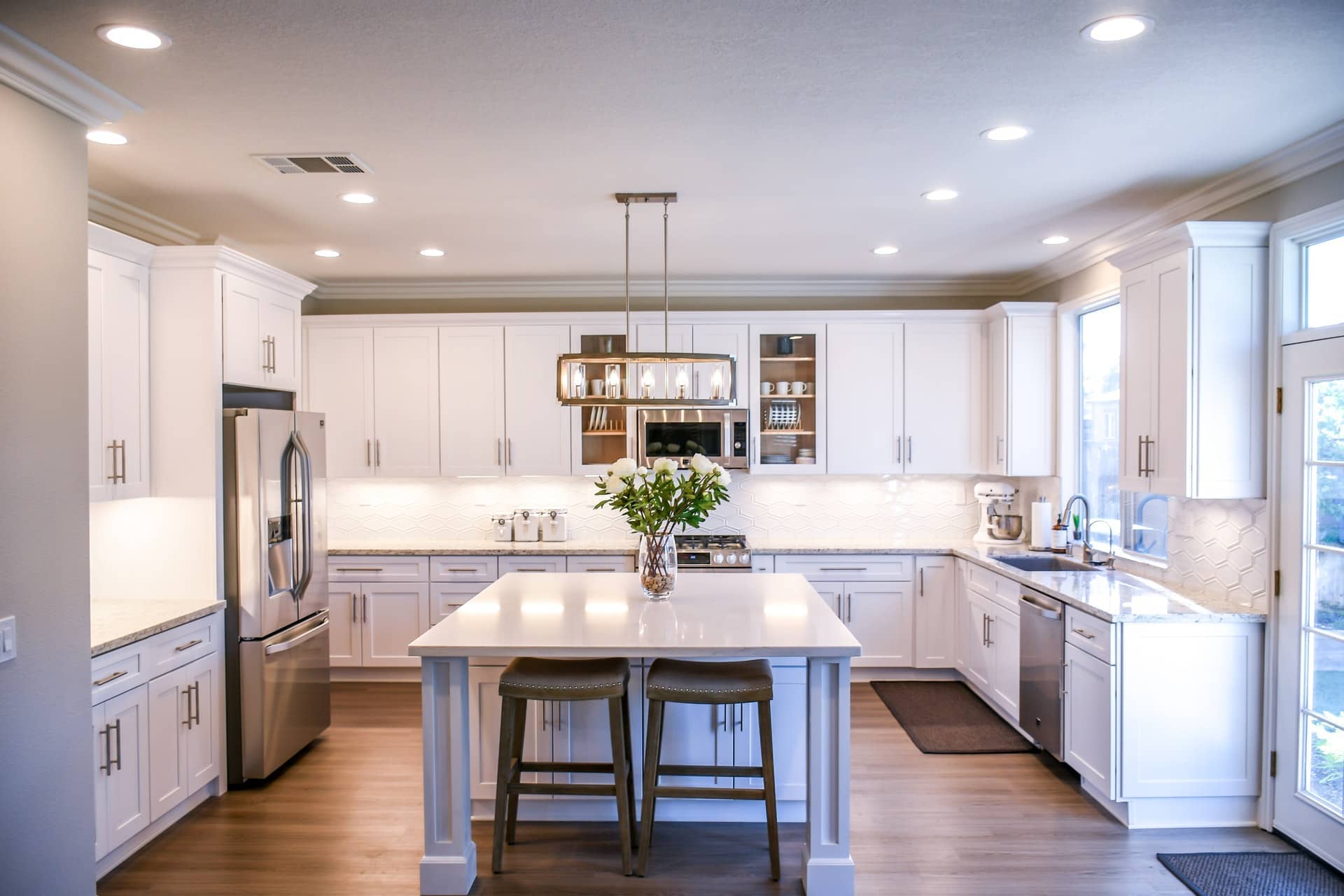
What Fencing Keeps Deer and Coyotes Off Your Property?
Deer have always been part of life in the Lowcountry, but in recent years, homeowners across Beaufort County have seen a noticeable increase in animal activity, especially near wooded lots and rural edges. On top of that, coyotes are showing up more often and causing concern among landowners who raise small animals or tend gardens close to the tree line.
If you're trying to keep either one of these animals off your property, a standard fence may not be enough. The right fence height, materials, and layout will depend on what you're protecting and how persistent the wildlife has become.
Whether you need help from a professional fence company in Charleston, Hilton Head, Summerville, or anywhere in the surrounding areas, we are here to help. Get in touch for a complimentary inspection and quote.
Wildlife Activity Is Climbing in the Lowcountry
The numbers tell the story. In 2023, hunters reported harvesting nearly 1,900 deer in Beaufort County. In 2024, that number dropped slightly to 1,740, but it remains one of the higher totals in the southern part of the state. Residents in places like Seabrook, Burton, Laurel Bay, and Shell Point see deer nearly every day, often walking through open yards or grazing along fences at dawn and dusk.
Coyotes are a newer challenge. They first appeared in South Carolina several decades ago and have now been confirmed in all 46 counties. Beaufort County Animal Services tracks nuisance animal reports, and coyotes have become a consistent entry on that list. While they rarely approach people, they are known to prey on small animals, especially in quiet areas near forests or fields. They tend to avoid detection during the day, but motion-sensor cameras and morning paw prints make their presence clear.
People who keep chickens, goats, ducks, or rabbits have learned the hard way that coyotes do not need a large gap to find their way in. Even barn cats and small dogs can become targets if the property is not secured.
Fencing That Deters Deer
Deer can easily clear a standard fence. If you want to stop them from entering a yard or garden, the fence should be at least 7 to 8 feet tall. That applies across materials, whether it's wood, vinyl, or wire mesh. Anything shorter becomes a suggestion, not a barrier.
In some cases, a double fence system works just as well. Two shorter fences placed a few feet apart confuse deer, who do not like the feeling of being trapped. This option can be useful if you're trying to maintain a view while still keeping animals out.
On larger properties where full wood or vinyl fencing is not practical, welded or woven wire mesh is a good option. It blends into wooded surroundings, costs less per foot, and still provides the height needed to discourage jumping.
Protecting Against Coyotes
Coyotes typically look for weak spots, not tall ones. While a 5 to 6 foot fence can slow them down, it is what happens at the ground level that matters most. These animals are known for digging under barriers. That is why coyote-proof fencing should either extend underground or include a ground-level apron. Some property owners bury the bottom section 12 inches deep. Others attach a mesh skirt that extends outward and is pinned flat to the ground with stakes.
Chain link is one of the more dependable materials for this purpose, especially around animal enclosures, gardens, or storage sheds. We also recommend securing all gates tightly and avoiding wide gaps between posts or panels. Coyotes only need a few inches to squeeze through.
In high-risk areas, some people install coyote rollers along the top of the fence. These are rotating tubes that prevent animals from gaining leverage to climb over. While not always necessary, they can be helpful if the property backs up to thick woods or if livestock losses have already occurred.
What Properties Are Most at Risk?
If you are in a denser neighborhood near Port Royal or on the south end of Hilton Head, daily deer traffic might not be an issue. But on larger lots near Route 21, or in rural parts of Burton, Shell Point, or Ridgeland, it is a different story.
Deer do the most damage to gardens, trees, and landscaping. They can wipe out young shrubs or vegetable beds in a single night. Coyotes, on the other hand, go after anything small and unguarded. Chickens are an easy target, but so are ducks, rabbits, and small pets left outside overnight.
Horses are rarely in direct danger from coyotes, but they can become agitated if a coyote is circling the perimeter. Owners of stables or paddocks sometimes add lower mesh panels along existing fencing to reduce animal stress.
Choosing the Right Fence Layout
If deer are your only concern, go with height and visual disruption. A solid wood fence blocks the view and makes deer think twice. For larger properties, tall wire mesh fencing spaced away from landscaping gives effective coverage without the cost of full panel construction.
If coyotes are the main issue, look closely at ground-level gaps. A sturdy 5 to 6 foot fence with no easy digging points often gets the job done. Chain link and vinyl-coated wire are common for farms, while wood or vinyl work better in residential areas. Skirts or buried mesh can be added for peace of mind.
In many cases, a hybrid setup makes the most sense. One side may need a tall privacy fence, while another calls for wire mesh with a buried base. The goal is to match the fence to your layout, not force the same design across the whole property.
We Can Help You Keep Wildlife Out
Southern Fence has helped property owners across the Lowcountry protect their homes, gardens, and animals from unwanted visitors. We know how to build fences that work with the land and hold up in our coastal weather. If you're dealing with deer damage or trying to keep coyotes away from your property, we are happy to visit your site, talk through materials, and build a solution that fits.


